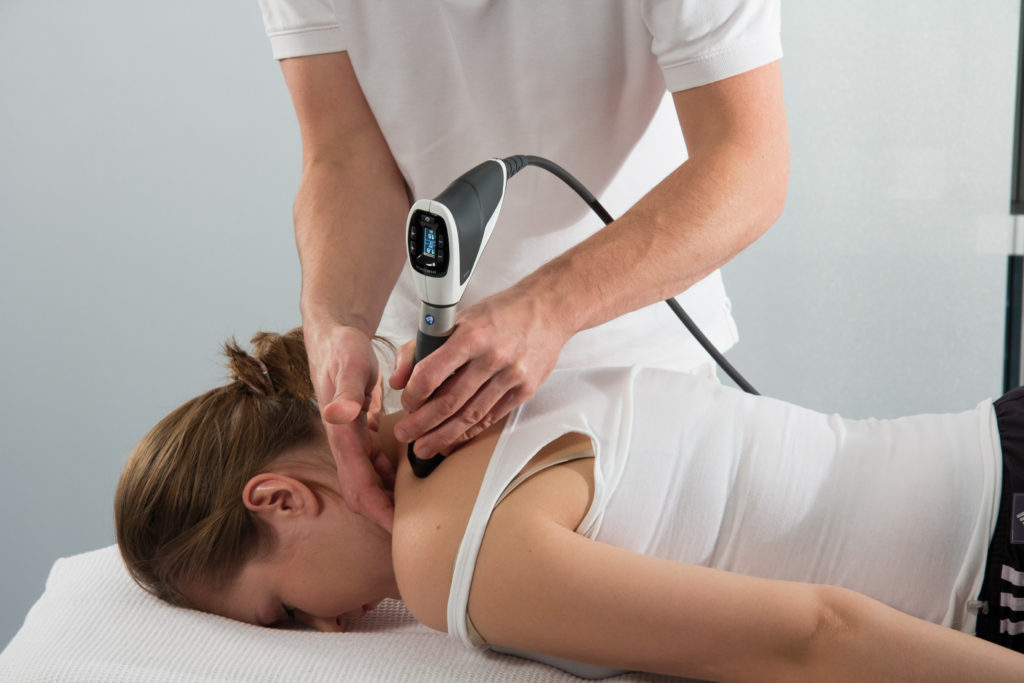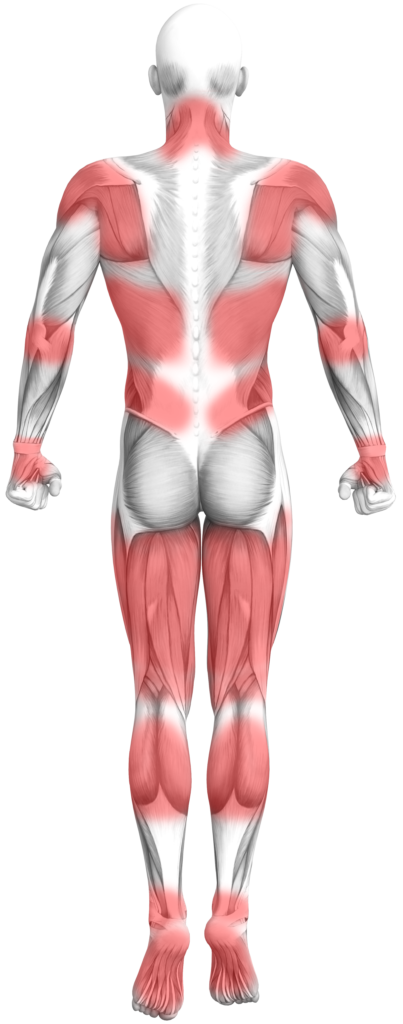


What Is EPAT?
Extracorporeal Pulse Activation Technology (EPAT®) is the most advanced and highly effective non-invasive treatment method cleared by the FDA. This proprietary technology is based on a unique set of pressure waves that stimulate the metabolism, enhance blood circulation and accelerate the healing process. Damaged tissue gradually regenerates and eventually heals. This non-invasive office/clinic based procedure represents a breakthrough treatment option for a broad range of musculoskeletal conditions.
What Disorders Can Be Treated?
Generally, acute or chronic musculoskeletal pain and/or pain that significantly impairs mobility or quality of life. Areas include:
- Neck
- Shoulder
- Back and chest
- Upper extremity
- Lower extremity
- Foot and ankle
- Myofascial trigger points
What are the expected results?
The beneficial effects of Extracorporeal Pulse Activation Technology (EPAT®) are often experienced after only 3 treatments. Some patients report immediate pain relief after the treatment, although it can take up to 4 weeks for pain relief to begin. The procedure eliminates pain and restores full mobility, thus improving your quality of life. Over 80% of patients treated report to be pain free and/or have significant pain reduction.
Is it safe?
Yes. This FDA cleared technology was developed in Europe and is currently used around the globe. A wealth of medical experience, state-of-the-art engineering, and optimal quality have been built into each EPAT® device; and extensive clinical studies and tests have confirmed its safety and efficacy. If performed by a qualified caregiver, Extracorporeal Pulse Activation Technology (EPAT®) has virtually no risks or side effects.
How is the treatment performed?
Coupling gel is applied to the specified treatment area to enhance effectiveness. After these preparations, EPAT® pressure waves are released via the applicator which is moved over the area in a circular motion.
Why consider non-invasive EPAT®?
EPAT® has a proven success rate that is equal to or greater than that of traditional treatment methods (including surgery) and without the risks, complications and lengthy recovery time. EPAT® is performed in your physician’s office/clinic, does not require anesthesia, requires a minimal amount of time, patients can immediately bear weight (i.e. walk), and return to normal activity within a few days of the procedure.
Where Does It Hurt?


